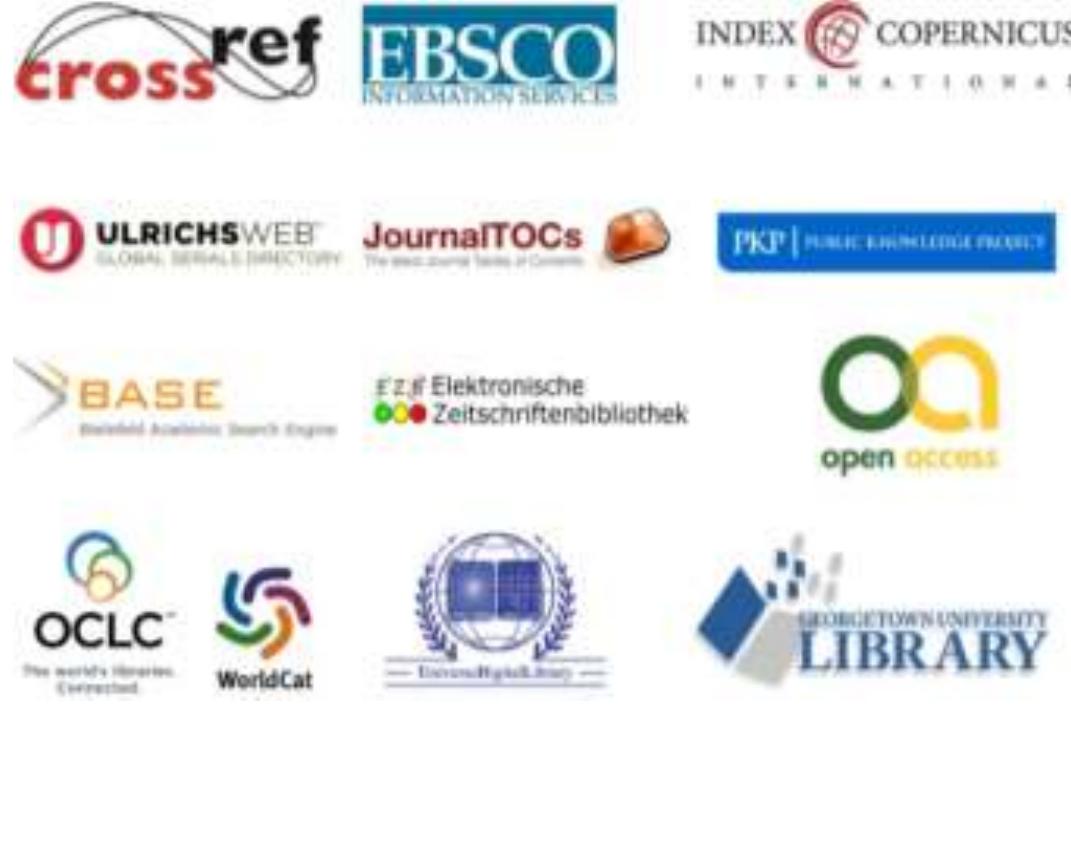Key research themes
1. How does payment variability propagate risk in supply chains and affect upstream suppliers?
This research theme investigates the mechanisms by which variability in payment flows, even independently from order variability, can generate and propagate financial risk upstream in supply chains. Understanding payment distortions is crucial due to their impact on supplier liquidity, operational performance, and systemic risk, especially under cash constraints and financial leverage conditions. Modeling endogenous payment variability provides insights into financial contagion, bankruptcy risks, and managerial behaviors in supply networks.
2. What are the challenges, adoption factors, and technological innovations shaping modern payment and settlement systems, especially in emerging and developed economies?
This theme explores the evolution, user acceptance, infrastructural characteristics, and security concerns of payment and settlement systems across various national contexts. It includes advances in electronic, real-time, and blockchain-based payment methods; government policies toward cashless economies; regulatory impacts such as PSD2; and emerging threats such as authorized push payment fraud. Investigating these areas advances understanding of payment system efficiency, consumer trust, risk exposure, and the operational robustness of financial ecosystems.
3. How do payment systems influence supplier behavior and quality in credence good markets, and what legal frameworks govern payment order liabilities?
This theme examines the interplay between payment mechanisms and the provision of services in markets characterized by information asymmetry and trust, such as healthcare and contractual payment orders. It also includes legal analyses of payer bank liabilities in fraud contexts and the structuring of framework contracts behind electronic payments. Studying provider incentives under salary versus fee-for-service regimes and legal aspects of payment orders informs policy design to mitigate supplier-induced demand, enhance service quality, and clarify responsibilities in payment system operations.





